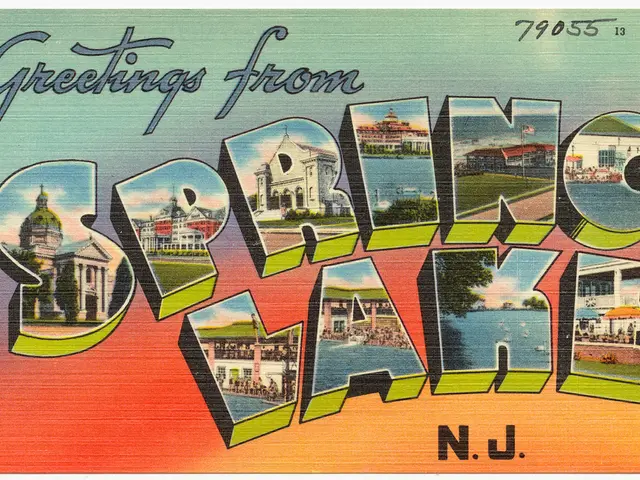Ferrero, Nudossi, and other manufacturers face potential price hikes for Nutella due to an upcoming hazelnut crisis, and here's how they plan to react.
In the world of nut spreads and chocolate, a significant challenge looms for manufacturers: a hazelnut shortage due to the impact of climate change on Turkey's production. Turkey, accounting for about two-thirds to three-quarters of the global hazelnut supply, has experienced a severe 22-37% drop in its 2025 crop, following a late-spring frost and drought[1][2][3][4].
This shortage has food manufacturers scrambling for alternatives and solutions. One approach is diversifying sourcing to other hazelnut-producing regions, such as Chile, Georgia, and the United States (especially Oregon). However, these regions produce far less volume and have different hazelnut flavor profiles, making them imperfect substitutes[1][2].
Another strategy is adjusting recipes to incorporate other nuts like almonds or walnuts, or by reducing hazelnut content, though this may affect product flavor. Some companies, like Ferrero, the manufacturer of Nutella, Hanuta, and Rocher, have already started using fewer hazelnuts in their products[2][3].
Strategic inventory management and sourcing from multiple origin countries are other methods being employed to mitigate risks. Ferrero, for instance, operates hazelnut farms in Chile and Italy, and Italy and the USA could potentially become additional supply countries for Ferrero in the future[5]. Ritter Sport is also investing in its own hazelnut cultivation areas in France, but the first harvests are not expected for another six to eight years[6].
The price hike is evident in the market, with the cost of Nusspli from Zentis increasing by 37 percent over the past three years, and the price of Nutella rising by 27 percent since 2022[7]. Even the cost of a Ritter Sport full-nut bar has surged by 65 percent, now priced at 2.29 euros instead of 1.39 euros[8].
On the Turkish side, recovery and adaptation measures are under discussion. These include adjusting crops to those requiring less water, avoiding non-native and climate-sensitive produce, improving frost resilience, and possibly shifting growing regions or techniques to combat drought and frost risks highlighted by recent decades of climate data[4][5].
However, these measures may take time to yield results, and in the meantime, food manufacturers are increasingly relying on diversification of supply origins, recipe reformulation, and proactive risk management to cope with this climate-driven hazelnut shortage[1][2][3][4][5]. The phenomenon of inflation driven by climate change, often referred to as "climateflation", is affecting the prices of many agricultural products, including cocoa, which has temporarily tripled since 2024 according to the "Handelsblatt"[9].
As the industry adapts to these challenges, consumers may notice changes in their favourite products, from price increases to alterations in flavour and ingredients. The consumer center in Hamburg has already criticized a decrease in the hazelnut content in Netto's "favorite nut nougat cream", and Nudossi is sticking to its recipe despite the higher costs, with the possibility of a price adjustment in retail[10].
Despite these challenges, the resilience of the food industry in the face of adversity is evident, as manufacturers continue to innovate and adapt to ensure the consistent supply of beloved nutty treats.
References: [1] Food Navigator [2] Reuters [3] BBC [4] The Guardian [5] The New York Times [6] Just-food [7] Deutsche Welle [8] Reuters [9] Handelsblatt [10] Deutsche Welle
Read also:
- Coastal men's disruptions of dolphin gatherings might lead to jail sentences
- Investment decisions by UK pension funds often disregard impact reports, according to a recent study
- Deepening shipping channel in Wolfgangsee proposed for navigation improvement
- Development plan for Mayfair faces potential impediment due to net zero objectives








